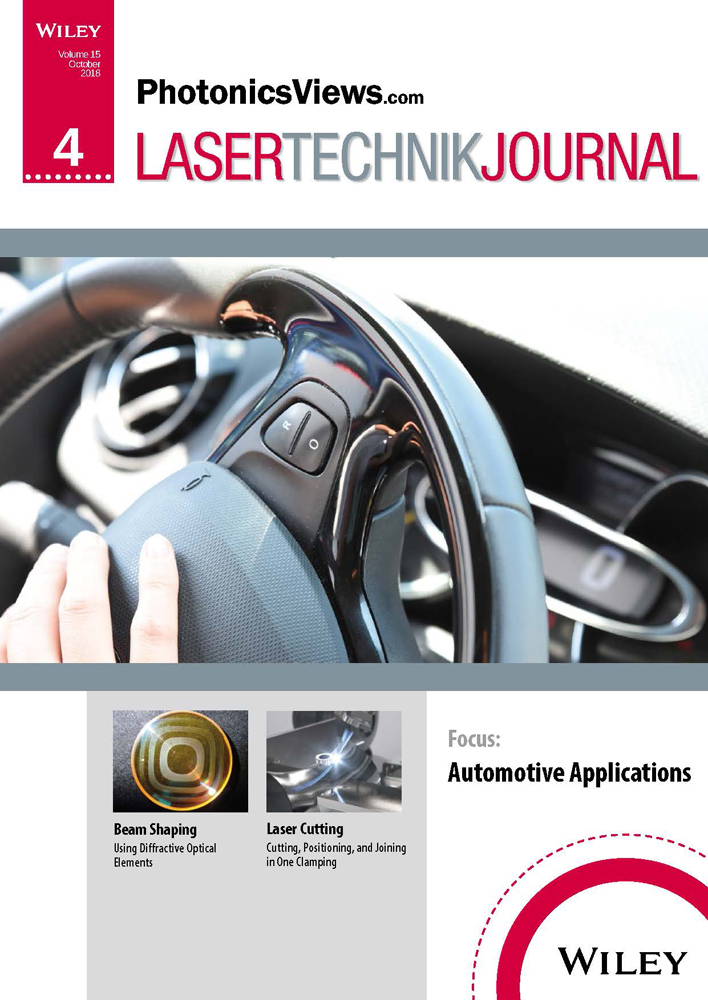Fast Laser Beam Characterization
Integral part of the digital process chain automotive powertrain
Christian Dini: serves as director Global Business Development for Ophir with focus on the growing markets additive manufacturing, automotive and LED. He holds a degree in physical engineering and has over 25 years experience in the laser industry, including R&D, sales, and executive management. Before joining Ophir in 2013, he served as business development director at Synrad Inc. and held the position of VP sales & marketing at Alphaform AG.
Andreas Bünting: is an experienced process developer specializing in laser material processing in the Technology Factory – (PT/T) at Daimler AG – Powertrain Stuttgart. He also leads the activities in the field of additive manufacturing. In addition, he contributed to the industrialization of sustainable process chain analyzing and monitoring with focus on high-power laser welding applications of powertrain components. He received his doctorate in engineering physics at the University of Loughborough (UK).
Mladen Brčina: is a process developer specializing in high power laser welding applications in in the Technology Factory – (PT/T) at Daimler AG – Powertrain Stuttgart. He also has the area of responsibility for the system and automation technology in the Powertrain laser center. He has more than 15 years experience in the fields mentioned and his industrial title he received in 2006.
Abstract
The power-to-weight ratio plays a key role in automotive construction: the lighter the powertrain components of the car or truck, the more efficient the vehicle. Moreover, it significantly cuts emissions and fuel consumption. And engineers are always striving to eliminate parts that are at higher risk of wear and tear. With these goals in mind, automotive experts at Daimler have successfully optimized the design and assembly of their differential gears, substituting bolted joints with laser welds (Fig.1). Not only has this reduced the mass of each part by over 15 percent, the new procedure requires no rework of the parts, and it has also brought down losses due to splashing of nuts and bolts through the oil reservoir of the differential gear during operation. In order to meet the stringent standards that Daimler is committed to, the company implemented a digital process chain to guarantee and document all relevant quality parameters. One key feature thereof is the non-contact, automated characterization of process laser beams using Ophir's BeamWatch Integrated.




